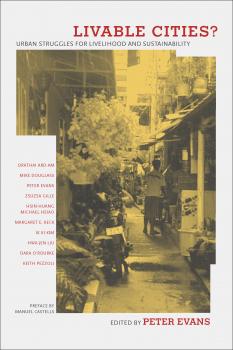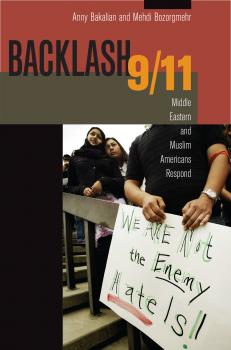ТОП просматриваемых книг сайта:
Социология
Различные книги в жанре Социология, доступные для чтения и скачиванияАннотация
A groundbreaking argument for the political rights of animals In When Animals Speak, Eva Meijer develops a new, ground-breaking theory of language and politics, arguing that non-human animals speak—and, most importantly, act—politically. From geese and squid to worms and dogs, she highlights the importance of listening to animal voices, introducing ways to help us bridge the divide between the human and non-human world. Drawing on insights from science, philosophy, and politics, Meijer provides fascinating, real-world examples of animal communities who use their voices to speak, and act, in political ways. When Animals Speak encourages us to rethink our relations with other animals, showing that their voices should be taken into account as the starting point for a new interspecies democracy.
Аннотация
Planerische Entscheidungen auf kommunaler Ebene werden immer vielschichtiger. Ein Grund hierfür liegt darin, dass das Regelwerk komplexer geworden ist: umfangreiche rechtliche Rahmenbedingungen des Landes-, Bundes- und des EU-Rechts müssen berücksichtigt und eingehalten werden. Damit steigt nicht nur der Arbeitsaufwand von Planungsverfahren für die Verwaltung, sondern auch von außen sind die Abläufe der Verfahren nur noch schwer nachzuvollziehen. Dieser Band zeigt auf, wie es gelingen kann, die rechtlichen Vorgaben und Abläufe bei Genehmigungen und Planungen auf kommunaler Ebene effizient einzuhalten und zugleich dem Wunsch der Bürgerschaft nach mehr Beteiligung zu entsprechen.
Аннотация
El libro Lo que decimos de ellos tiene por objetivo central analizar los discursos e imaginarios históricos —entendidos como el conjunto de creencias (mitos, símbolos, ideas, etcétera) de individuos y sociedades y cómo se transmiten en un momento determinado— que describen al Perú y Chile, a partir de la guerra del Pacífico (1879-1883), en la historiografía y los textos escolares peruanos. Una vez decodificados, es decir, descritos y contextualizados en los rasgos distintivos que remiten a estilos e ideas provenientes del siglo XIX para estudiar el pasado, permitirán comprender el porqué de esos enfoques. A partir de allí, se busca aportar a la integración del Perú y Chile, asumiendo su pasado común desde el respeto y la colaboración entre ambos países.
Аннотация
The political upheaval in Nicaragua, El Salvador, and Guatemala had a devastating human toll at the end of the twentieth century. A quarter of a million people died during the period 1974-1996. Many of those who survived the wars chose temporary refuge in neighboring countries such as Honduras and Costa Rica. Others traveled far north, to Mexico, the United States, and Canada in search of safety. Over two million of those who fled Central America during this period settled in these three countries. <br /><br /> In this incisive book, María Cristina García tells the story of that migration and how domestic and foreign policy interests shaped the asylum policies of Mexico, the United States, and Canada. She describes the experiences of the individuals and non-governmental organizations—primarily church groups and human rights organizations—that responded to the refugee crisis, and worked within and across borders to shape refugee policy. These transnational advocacy networks collected testimonies, documented the abuses of states, re-framed national debates about immigration, pressed for changes in policy, and ultimately provided a voice for the displaced.<br /><br /> García concludes by addressing the legacies of the Central American refugee crisis, especially recent attempts to coordinate a regional response to the unique problems presented by immigrants and refugees—and the challenges of coordinating such a regional response in the post-9/11 era.










